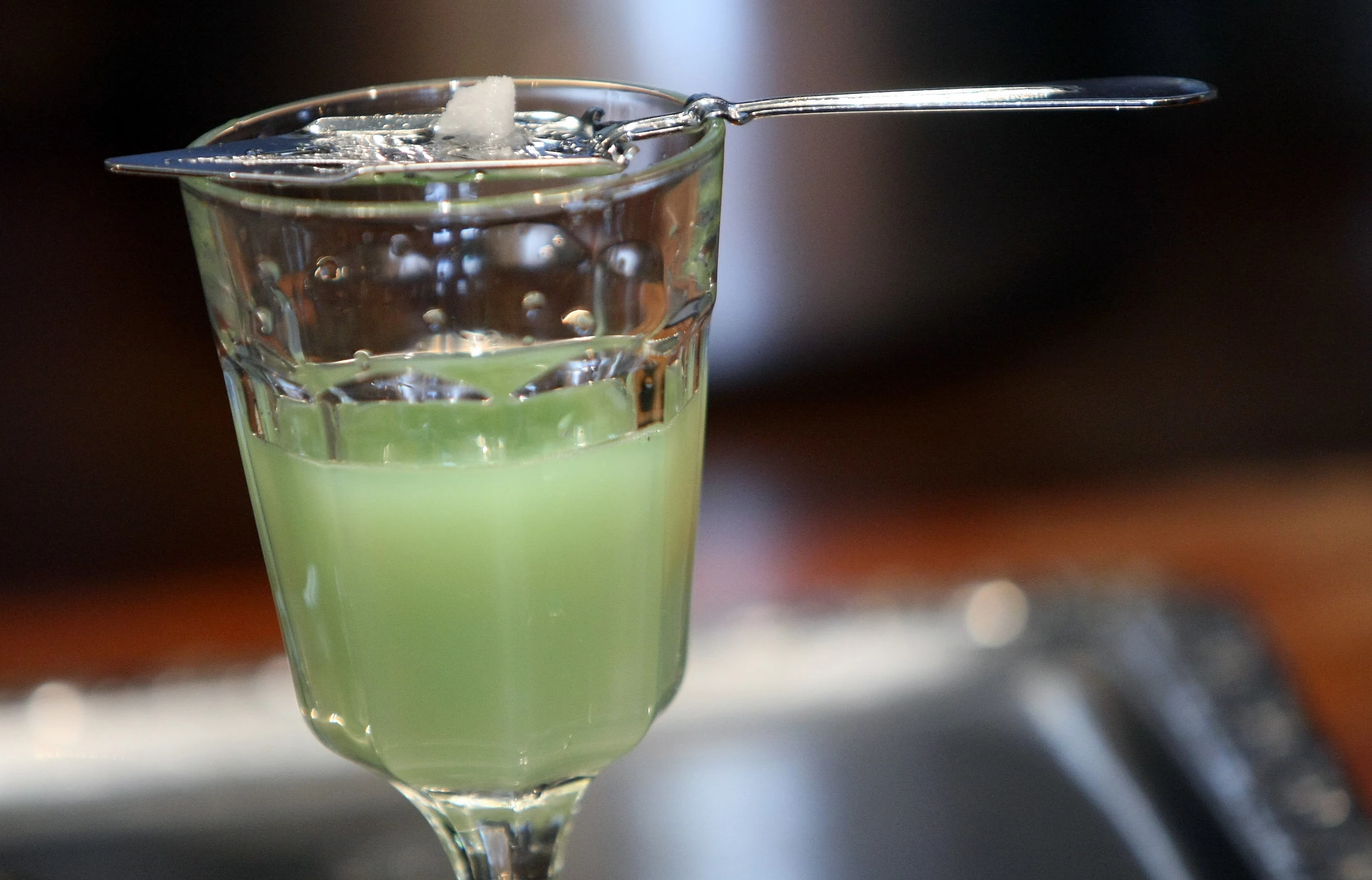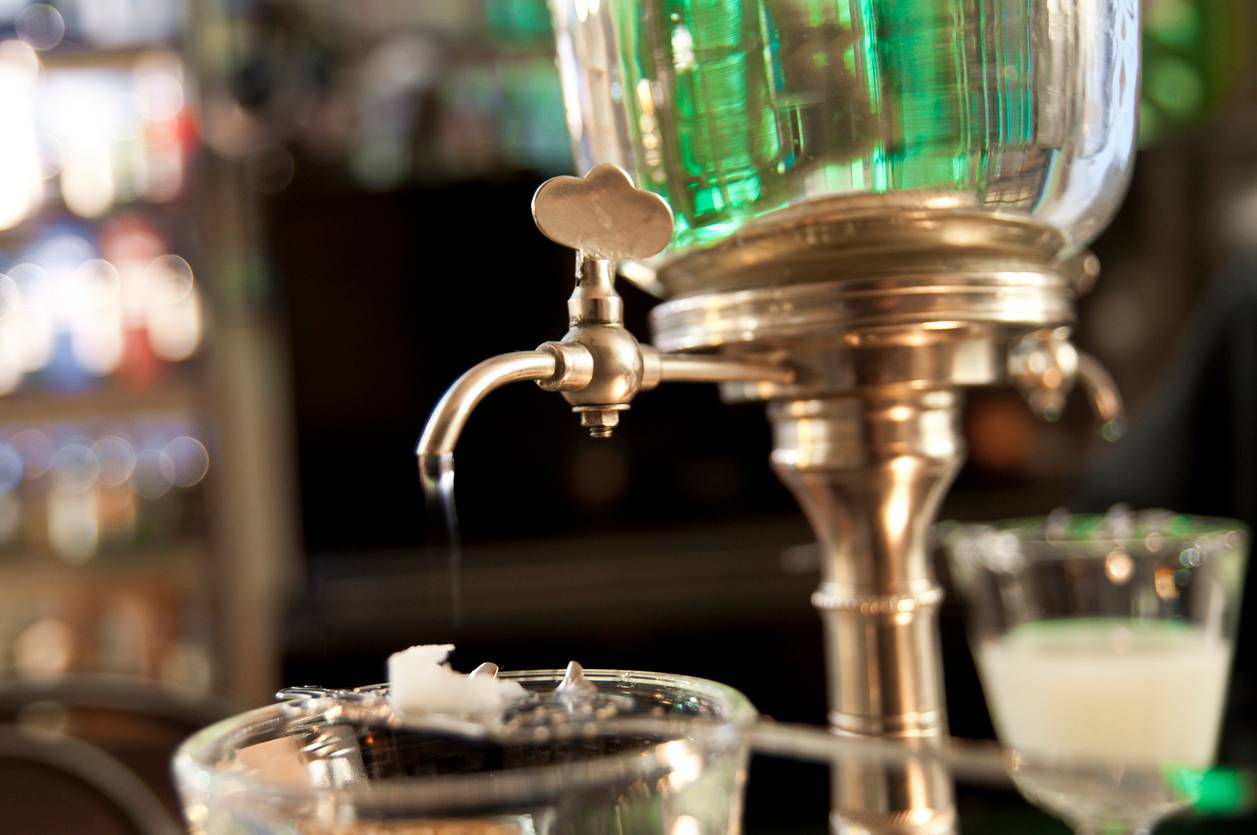
Pernod is the Belle Époque tipple all absinthes are aiming to replicate. The color is so vibrant it may seem artificial, but it’s actually achieved by infusing the final product with lemon balm and hyssop. This green-eyed beauty cleaves to absinthe’s traditional roots, beginning with a base of Chilean pisco, a grape-based spirit to which they add fennel, anise seed, and grande wormwood. This antique-looking bottle is a great addition to any home bar, because, in addition to being delicious and authentic, it comes in a 200ml bottle, making it great for adding to cocktails a spoonful at a time without committing to lugging it between your next four apartments.Ĭopper & Kings Absinthe Blanche is another American addition to the category, doubling down on the spirit’s craft affiliation with a crystal clear version distilled from Muscat grapes that includes both absinthe’s traditional botanicals and Copper & Kings’ own accents. lifted the ban on absinthe in 2007, bringing the nation its first legal absinthe. George Spirits arrived early to the party when the U.S. The rarest are incredibly valuable, too, selling for hundreds, even thousands of pounds.Whether you’re mixing Sazeracs at home or hosting your very own Green Hour, here are our favorite authentic bottles of la fée verte. The appearance of absinthe spoons can vary – some, for example, are shaped to resemble a wormwood leaf, while others bear beautifully intricate art-deco designs. Having been placed over a glass of absinthe, the spoon is so designed to rest a sugar cube on its surface, which gradually dissolves and drips through the perforations once iced water has been carefully dripped over the top of it. One of the most elegant artefacts in the drinks world, absinthe spoons are both beautiful to look at and serve a useful purpose. There are also a number of popular absinthe cocktails, including the Sazerac, Death In The Afternoon and the Corpse Reviver.

Purists prefer to use an absinthe fountain – an elaborate multi-tapped vessel that allows several absinthe drinkers to dilute their absinthe glass at the same time. Many traditions have arisen around the serving of absinthe, including the slow dripping of water on to a sugar cube sat on an absinthe spoon, which all add to the mystique of the spirit.
#Absinthe hallucinate how to
How to drink absintheĪbsinthe should not be drunk neat, and should always be diluted with chilled water – a ratio of one part absinthe to between three and five parts water is usual. However, the levels of thujone in absinthe are so low that it would take a huge quantity of absinthe to have any effect. The chemical in absinthe that can cause hallucinations is called thujone, a component in wormwood. In theory, it could do, but in reality it is highly unlikely.


These use artificial colour and flavourings to produce their spirits, and generally do not have the same depth of flavour. While there are many traditionally produced absinthes available, there are also a number of ‘compounded’ spirits on the market. Immediately after distillation the spirit is clear and can be bottled as a blance vertes are traditionally coloured green by infusing the spirit with more botanicals before bottling.

The two main types of absinthe are verte and blanche, green and clear. Photo by Autopilot (own work) via Wikimedia Commons How absinthe is madeĪbsinthe is a distilled spirit flavoured with bitter wormwood and a variety of other botanicals, including sweet anis and fennel, as well as many others. The bans have now been overturned and the spirit is legally available again – the resurgence of absinthe in the UK and further afield is gaining pace.Ībsinthe was both feted and feared for its hallucinogenic properties, and was consumed by poets and artists in search of inspiration, as depicted in Albert Maignan’s 1895 painting, Green Muse / A traditional absinthe fountain. Unfortunately bad press and the rise of temperance early in the 20th century led to its almost universal banning across the world. Originally produced as a medicine in the latter half of the 18th century, it became a popular aperitif and eventually an icon of France’s Belle Epoque. Fortunately we are now seeing its popularity grow, which is helping to shine a light on the spirit. Absinthe is a spirit with a chequered history, surrounded by misconceptions and propaganda.


 0 kommentar(er)
0 kommentar(er)
